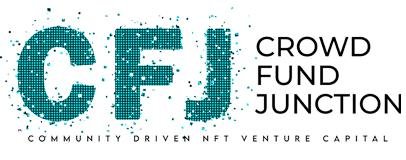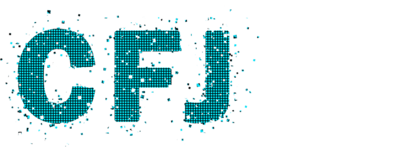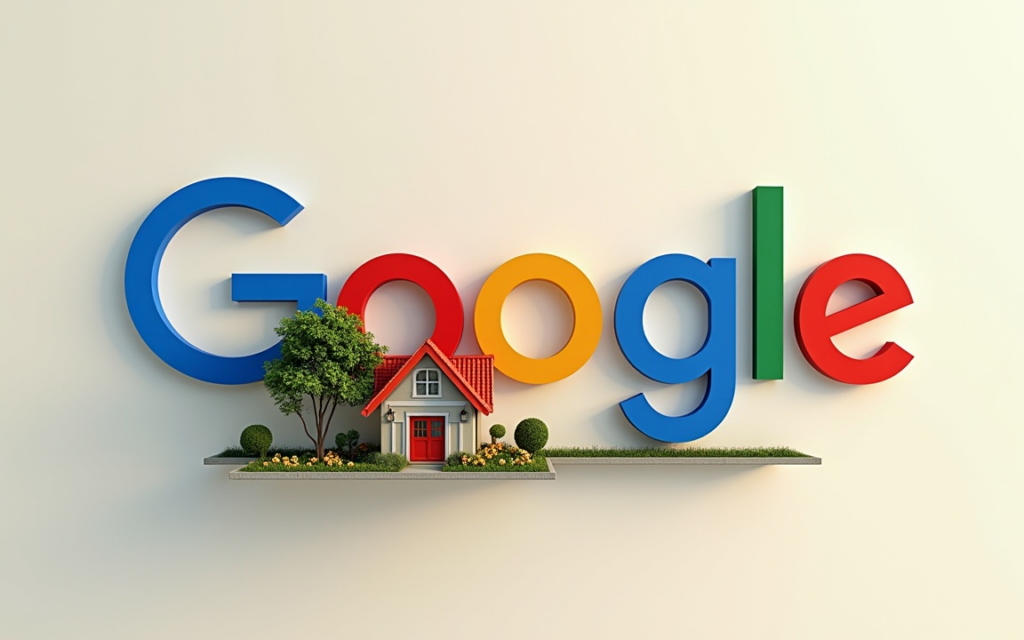Reimagining The Future of Education With Web 3.0
(Originally posted on : NFTICALLY )
Recently, the notion of Web 3.0 and Web 2.0 in educational institutions has become popular and recognizable in the education sector.
The ‘semantic web,’ ‘3D web,’ or spatial web’ are all used to describe Web 3.0. Web 3 may use technology to enhance content and offer new ways to connect with the world around us.
The semantic web makes finding information more accessible. Your interests and behaviors, not keywords, decide channel content.
Web 3.0 improves prior versions
- The Web 1.0 – ‘Read-only‘ – Users can read and search content on a website but cannot exchange or engage with it.
- The Web 2.0 – ‘Read-write’ – In addition to blogs and wikis, it offers a variety of social networking capabilities. Instead, it emphasizes its potential to unite individuals, disseminate information, and open channels of connection. It encourages cooperation and collaborative learning.
Webs 1.0 and 2.0 are unorganized and unstructured, making it hard to access useful information. Web 3.0 should fix these concerns.
Following Blake-Plock, Web development begins with creating a semantic web. Contextualization is a challenging task for computers. However, there is no reason they could not be. When using the semantic web, instead of looking for a term or a category, we may converse with another person, albeit one with the computing power of the whole world’s connected computers.
Semantic intelligent computing meets the physical environment in the second phase. In today’s technology, we can observe this. Using Google Goggles, you can scan the natural world and instantly compare it to anything on the internet. Everything from eyeglasses that connect to the internet to smart clothing that monitors a patient’s heart rate or blood pressure is on the table.
How will Web 3.0 look?
Listed below are some of the most important advancements that will significantly impact how consumers search for information.
- The AI (Artificial intelligence) – Virtual worlds and augmented reality let users engage with their environment, and search results go beyond the text. Users may use interfaces like smart glasses and speech to interact with a hybrid digital-physical world.
- Personalization – Users input their preferences and interests, so the computer will tailor its responses to meet those needs. In addition, user profiles will serve as a virtual representation of themselves and their online hobbies and passions.
- The IoT (Internet of Things) – Everyday objects will be linked to the internet as part of the “internet of things.” Things like printers, office equipment, and automobiles all have sensors connected to the internet. As a result, users can access and control their data from almost any location.
- Virtualization -Augmented reality and virtual worlds enable users to engage with their environment, and search results do not confine to text. Users may utilize smart glasses and voice to interact with a blended digital and physical world.
- Decentralized Computing – It is no longer limited to a few servers that deliver content in Web 3.0. As a result, computational power is distributed across many servers instead. This kind of technology is a blockchain, which disseminates data across several computers and other devices. Users may preserve data securely without relying on a sole source.
How will Web 3.0 affect edtech?
Tech businesses that host an application on a server practically managed by an outside party always must communicate with school stakeholders. Therefore, there is only one person who can turn all the school’s resources for help.
The school owns the data but can only share it through the hosted application’s feature. Also, since the gadgets used by faculty and students are not contextual in the genuine sense, the output is broad and not user-friendly.
Because of this, it is harder for students to develop their skills in a specific way. Because there are no automated systems for collecting data evidence, teachers must act as administrators.
Web 3.0 will bring about a sea shift in these aspects. An amalgamation of technology and hardware, Web 3.0 for education will be a better, more intelligent gadget utilized by faculty members and students.
This will use semantic architecture to distribute information. Every device, including mobile, tablet, classroom technology, ID card, bus, and fee collection pointers, will operate as knowledge nodes and contain tokens for contributions and cooperation.
Both human and machine inputs are welcome for collecting educational data at the institution. Decentralization of data and the creation of assets on campus machines will be made possible by this method.
Token handshakes and data access tailored to individual users will become commonplace with the arrival of 5G—every node linked to a sea of Blockchain hosts that produce assets and makes searches more user-specific.
Web 3.0 makes it easier and faster to discover information
- Cost-cutting – Internet-enabled equipment will make knowledge more widely available, reducing costs.
- Teaching modifications – Using various tools, instructors can create more challenging tasks that students will find interesting. Teachers will have more time to work one-on-one with students or small groups as their independence grows. Student-created material will replace teacher-created content in the future.
- Learning – As a result, classes will run more smoothly and efficiently. If students have access to the internet, they will be able to study at any time and from anywhere.
- Knowledge – Search engines will generate reports from many sources. Besides summarizing what is covered in the news, it will also highlight other points of view and provide links to more information on the subject matter.
- Smart queries – May personalize search results to the user’s specific needs, which reduces annoyance and increases efficiency: search engines index resources, movies, blogs, and more in the future.
- Personal learning network – Personal learning agents will only report information relevant to learners’ objectives. This will send relevant data to you, depending on where you are.
- Personal academic administration – Semantic web descriptions of courses and degrees should make it easier for students to transfer credits and choose colleges that will provide them with the information they want. However, online learning and on-demand learning are becoming more widespread. People can work together, even spread out across the globe. Permission is not required for educational information to be repurposed and repurposed.
Conclusion
Despite Web 3.0’s promise to make it easier for people to locate information and engage with it, how will this affect students’ ability to study and interpret data?
We will have to wait and see how Web 3.0 affects kids. Still, we can begin analyzing its effects now with the help of larger organizations like the United Nations, governments, and other relevant parties to get a better picture of the future of education.
Blogs on the NFTICALLY website cover a wide range of subjects. Before anything else, check out our Frequently Asked Questions page or join one of our Discord or Telegram channels for immediate assistance with any NFT-related questions.








 Bitcoin
Bitcoin  Ethereum
Ethereum  Tether
Tether  XRP
XRP  USDC
USDC  Wrapped SOL
Wrapped SOL  TRON
TRON  Lido Staked Ether
Lido Staked Ether  Dogecoin
Dogecoin  Figure Heloc
Figure Heloc  Cardano
Cardano  WhiteBIT Coin
WhiteBIT Coin  Wrapped stETH
Wrapped stETH  Wrapped Bitcoin
Wrapped Bitcoin  Bitcoin Cash
Bitcoin Cash  USDS
USDS  Binance Bridged USDT (BNB Smart Chain)
Binance Bridged USDT (BNB Smart Chain)  Chainlink
Chainlink  Wrapped eETH
Wrapped eETH  LEO Token
LEO Token  WETH
WETH  Monero
Monero  Hyperliquid
Hyperliquid  Stellar
Stellar  Ethena USDe
Ethena USDe  Coinbase Wrapped BTC
Coinbase Wrapped BTC  Zcash
Zcash  Litecoin
Litecoin  Sui
Sui  Avalanche
Avalanche  Hedera
Hedera  USDT0
USDT0  sUSDS
sUSDS  Shiba Inu
Shiba Inu  Dai
Dai  Mantle
Mantle  PayPal USD
PayPal USD  Toncoin
Toncoin  World Liberty Financial
World Liberty Financial  Cronos
Cronos  Ethena Staked USDe
Ethena Staked USDe  Uniswap
Uniswap  Polkadot
Polkadot  MemeCore
MemeCore  Aave
Aave  USD1
USD1  Canton
Canton  Rain
Rain  Bittensor
Bittensor  Bitget Token
Bitget Token  OKB
OKB  Tether Gold
Tether Gold  Falcon USD
Falcon USD  NEAR Protocol
NEAR Protocol  Ethereum Classic
Ethereum Classic  Aster
Aster  BlackRock USD Institutional Digital Liquidity Fund
BlackRock USD Institutional Digital Liquidity Fund  Binance-Peg WETH
Binance-Peg WETH  Jito Staked SOL
Jito Staked SOL  Pepe
Pepe  Ethena
Ethena  Pi Network
Pi Network  Internet Computer
Internet Computer  syrupUSDC
syrupUSDC  Jupiter Perpetuals Liquidity Provider Token
Jupiter Perpetuals Liquidity Provider Token  HTX DAO
HTX DAO  PAX Gold
PAX Gold  Global Dollar
Global Dollar  Pump.fun
Pump.fun  Circle USYC
Circle USYC  KuCoin
KuCoin  syrupUSDT
syrupUSDT  BFUSD
BFUSD  Ripple USD
Ripple USD  Sky
Sky  Worldcoin
Worldcoin  Binance Bridged USDC (BNB Smart Chain)
Binance Bridged USDC (BNB Smart Chain)  Ondo
Ondo  Rocket Pool ETH
Rocket Pool ETH  Gate
Gate  Binance Staked SOL
Binance Staked SOL  POL (ex-MATIC)
POL (ex-MATIC)  Aptos
Aptos  Wrapped BNB
Wrapped BNB  Arbitrum
Arbitrum  Official Trump
Official Trump  Algorand
Algorand  Function FBTC
Function FBTC  Cosmos Hub
Cosmos Hub  Liquid Staked ETH
Liquid Staked ETH  Solv Protocol BTC
Solv Protocol BTC  Lombard Staked BTC
Lombard Staked BTC  Midnight
Midnight  NEXO
NEXO